-

- places
- I've been there...
Castelo dos Mouros - Sintra / Portugal - ☰ contents
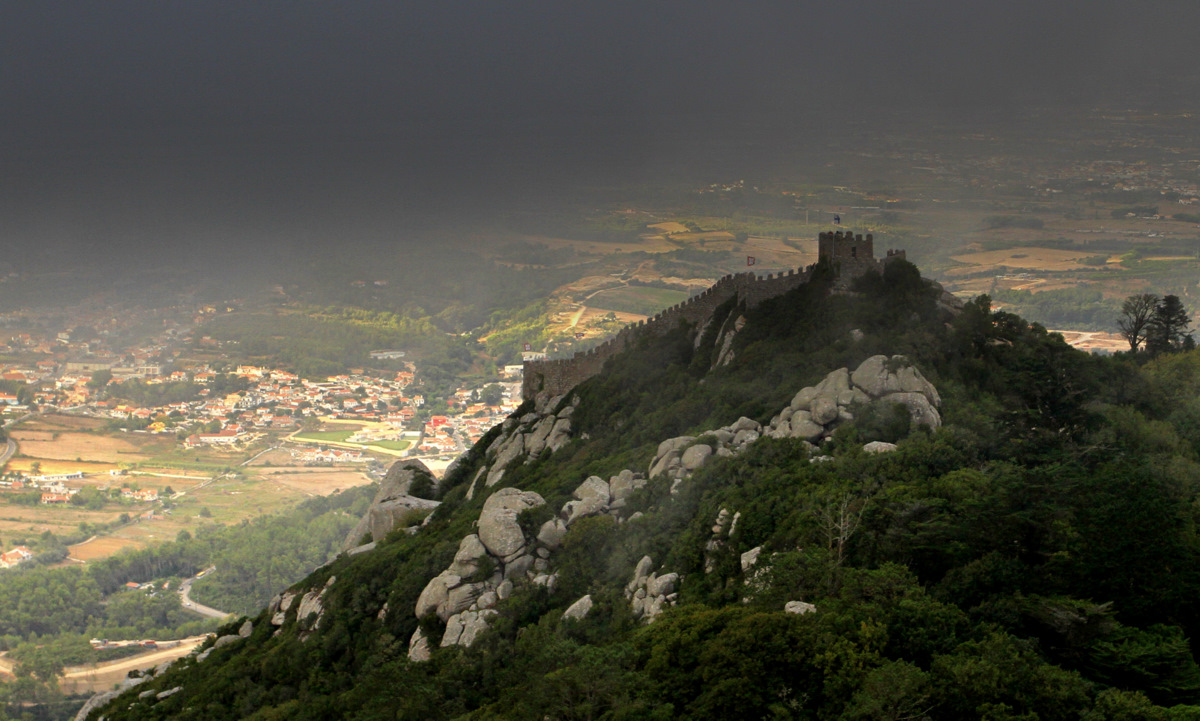
Castle in the fog, view from Pena Palace... photo source author: Joaomartinho63
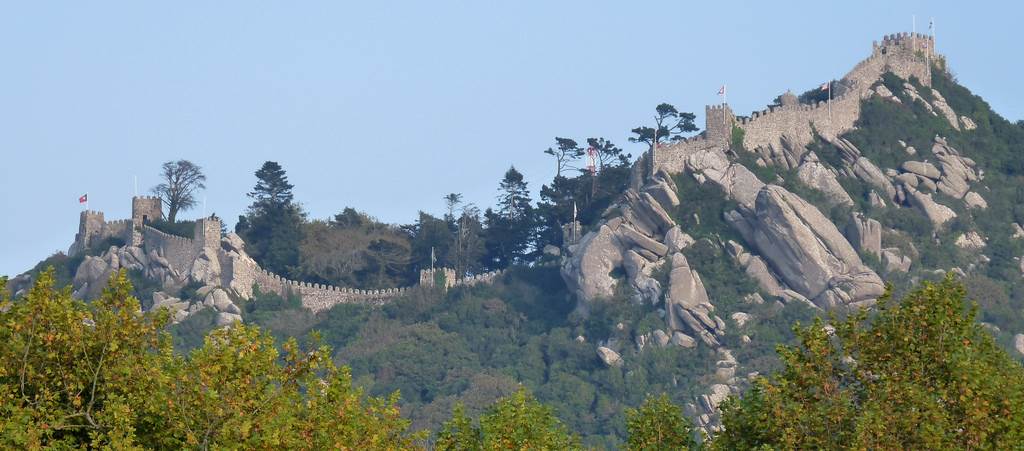
Outside the Castle... photo ... author: d0gwalker
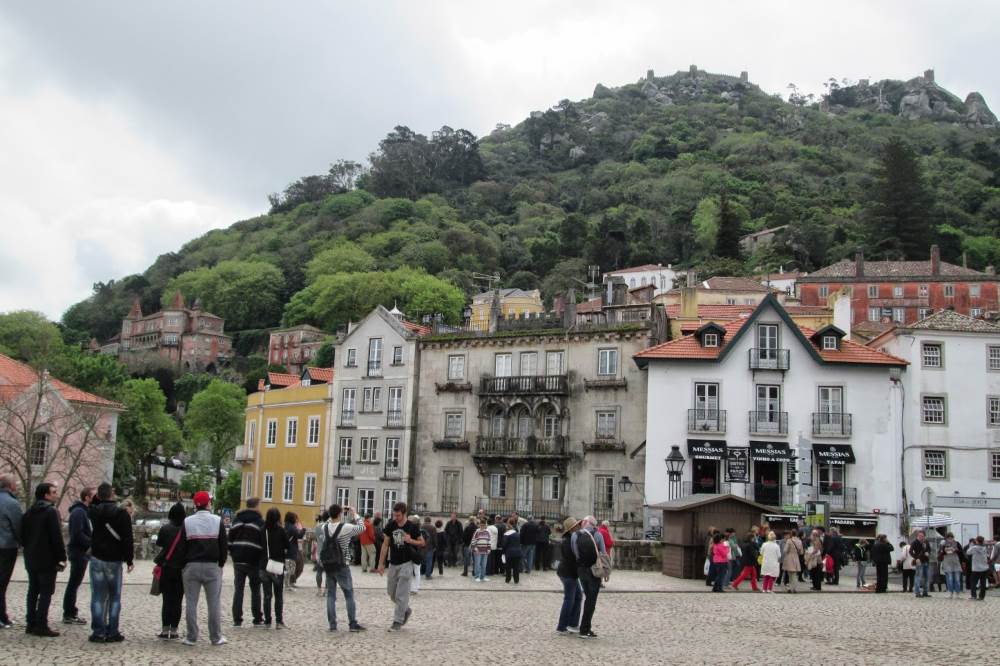
Outside the Castle, photo: horgenschweiz
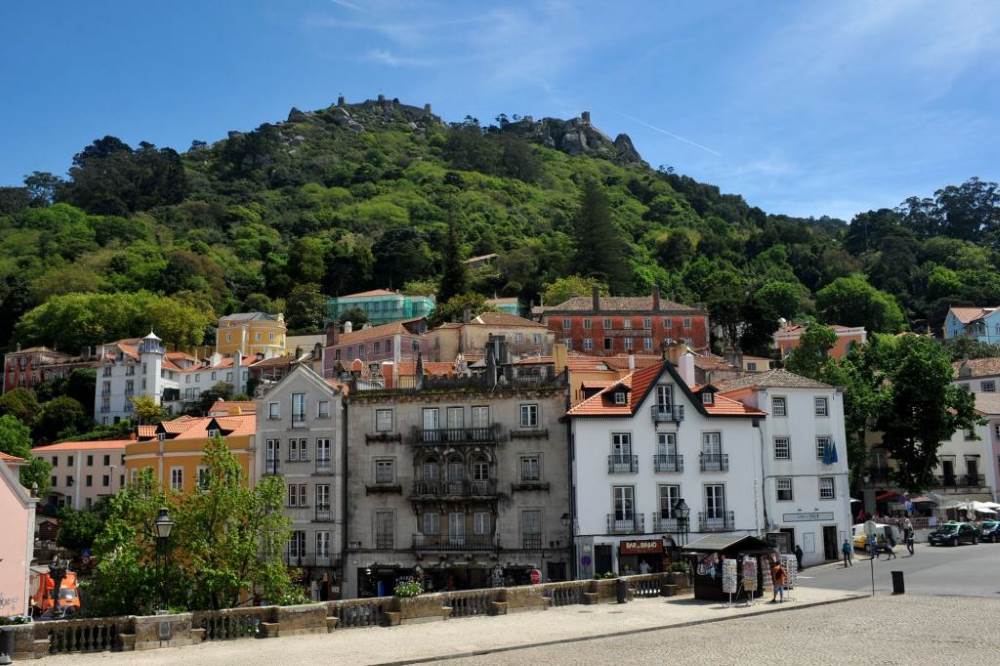
Outside the Castle, photo: Ecozezere
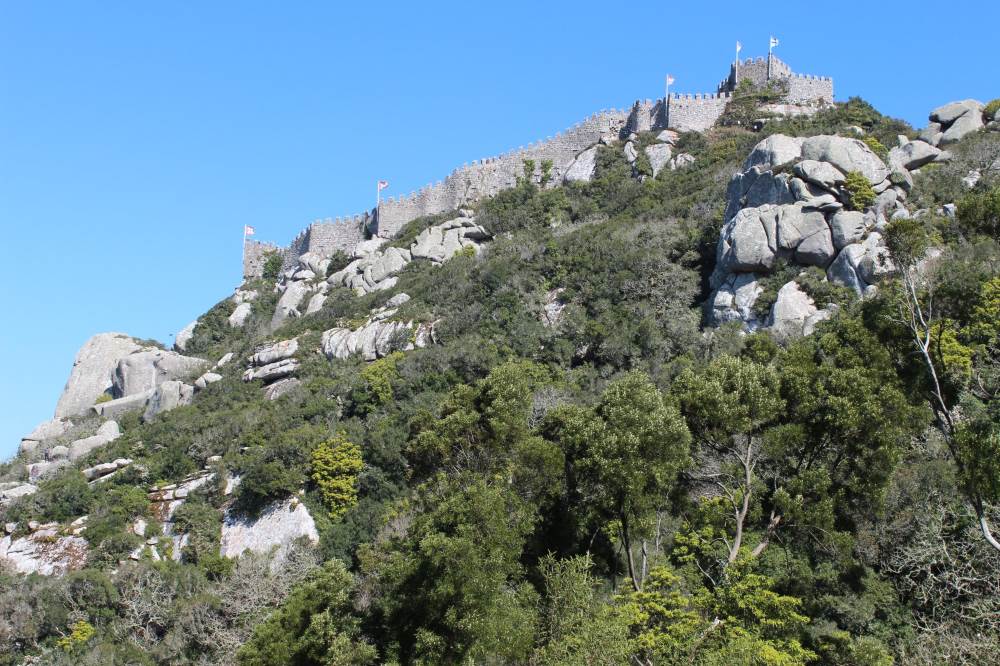
Outside the Castle, photo: folkestonejack
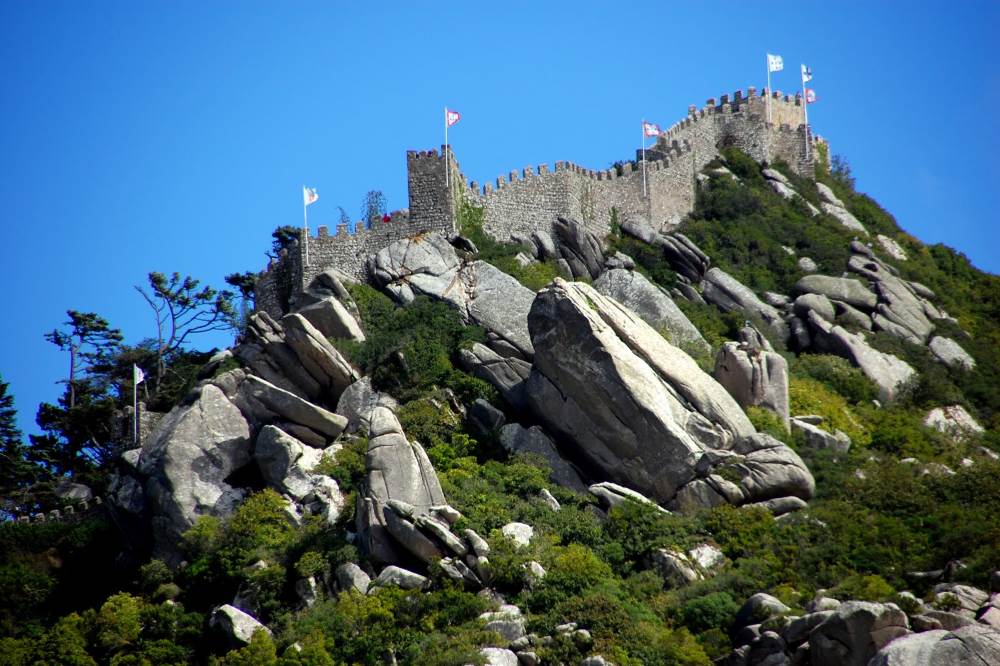
Outside the Castle, photo: sintraumapaixao
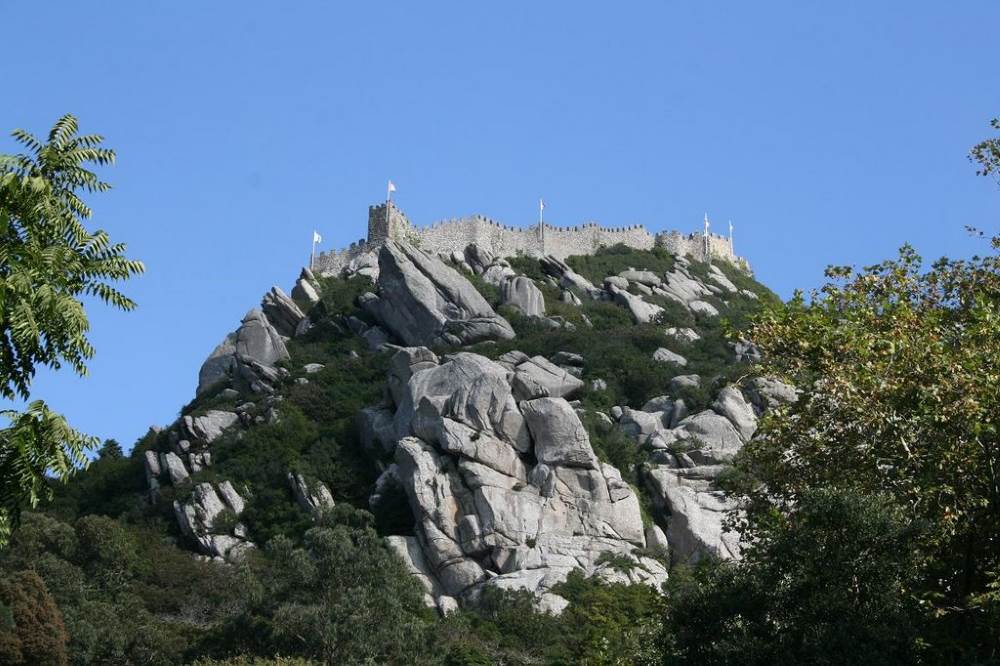
Outside the Castle, photo: Luca Onesti
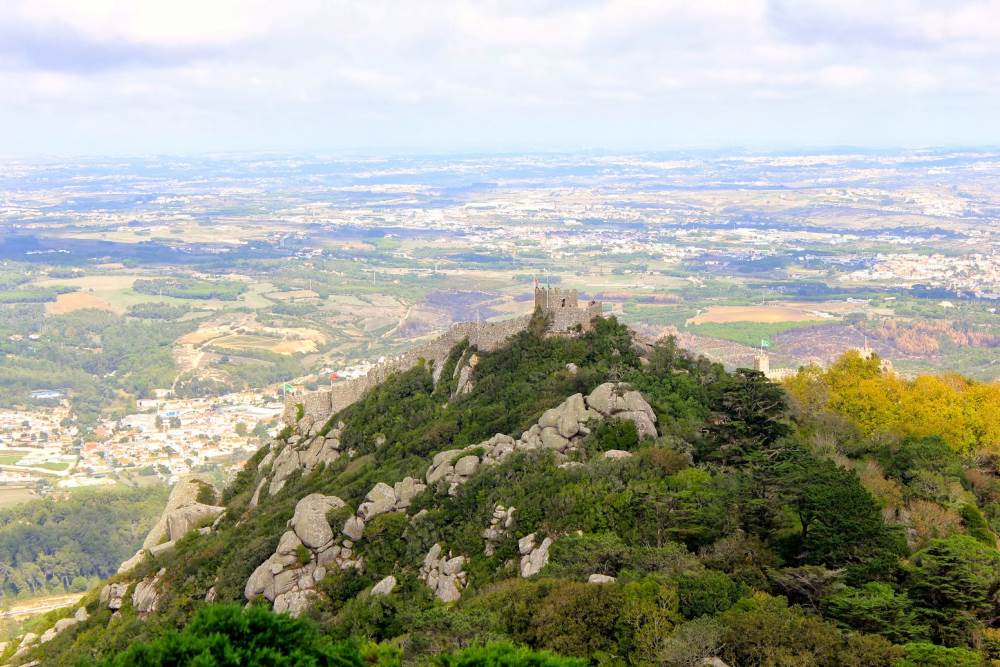
Highest tower, photo: kistitwo
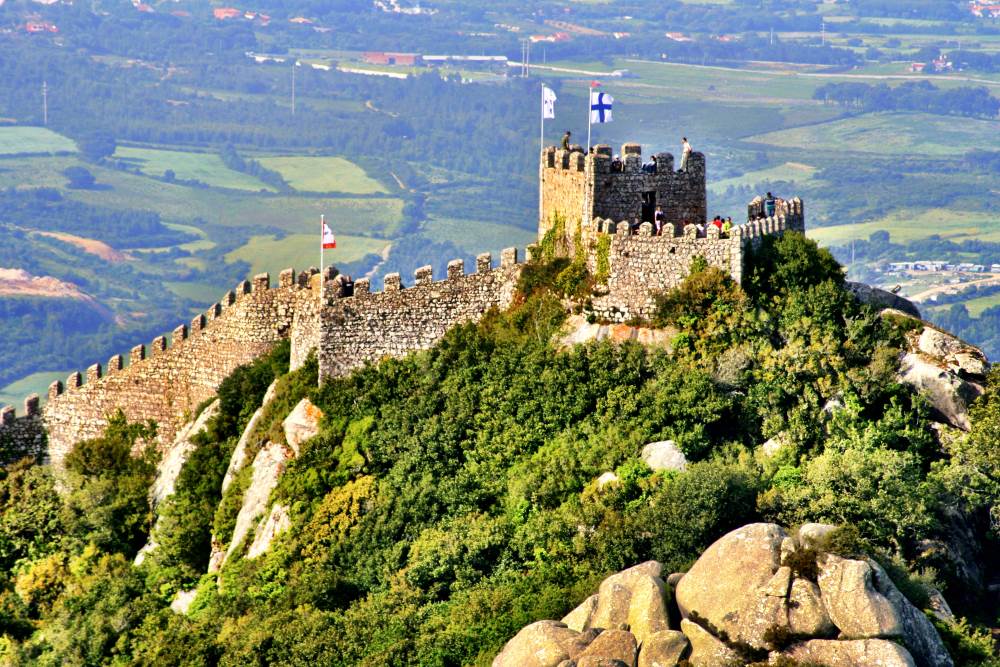
Highest tower, photo: ecotravellerguide.com
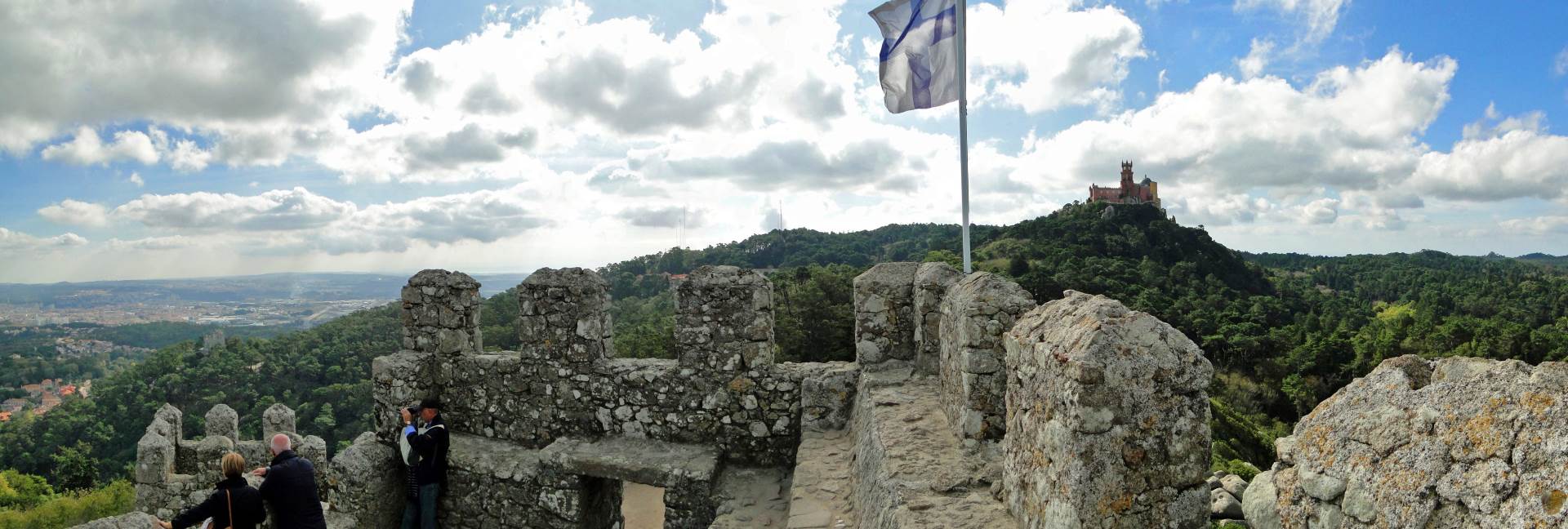
View from the highest tower at Castelo dos Mouros... East view (at the left in the photo) and South view with Palácio da Pena in the other hilltop... Photo by Isabel Marques
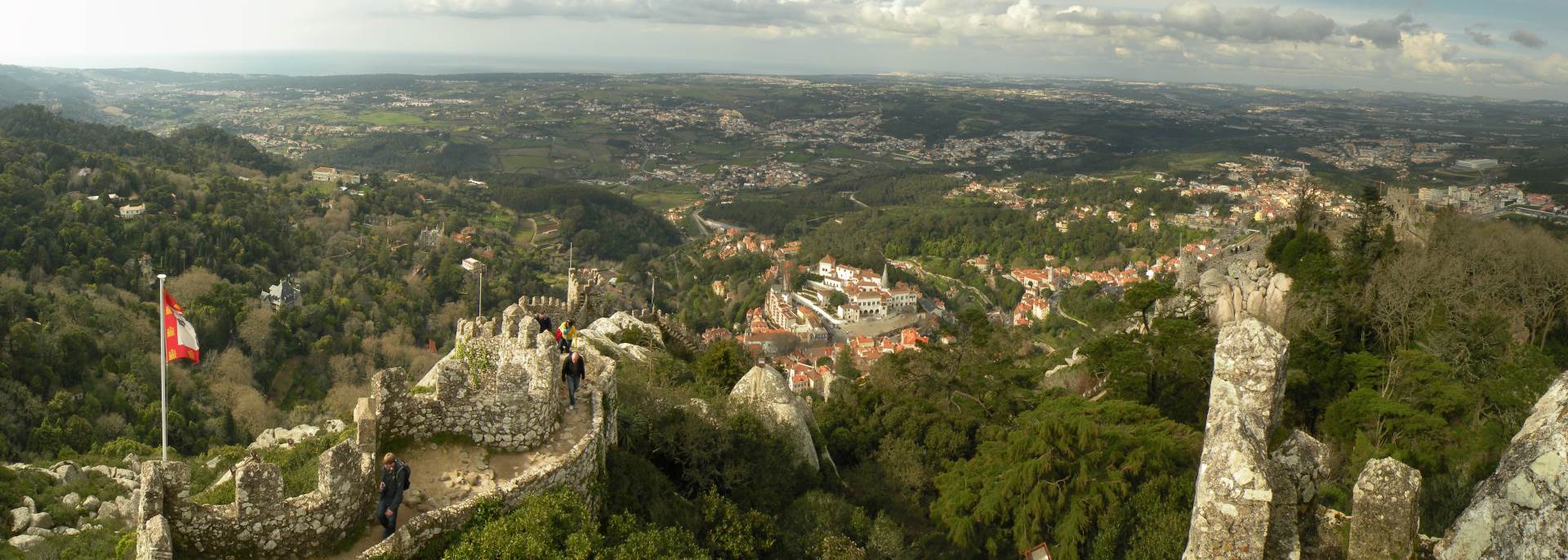
View from the highest tower at Castelo dos Mouros... The Atlantic Ocean, to the west (at the left in the photo) and view to the North (at the right)... Photo by Arkitekt
The Sintra Castle , popularly known as Moorish Castle, is situated in the village of Sintra, in the district of Lisbon, in Portugal.
Erected on a massif rocky, isolated in one of the summits of the Sintra hills, from the top of its walls reveals a privileged view of all its rural surroundings that extends to the Atlantic Ocean.
O Castelo de Sintra, popularmente conhecido como Castelo dos Mouros, localiza-se na vila de Sintra, no distrito de Lisboa, em Portugal.
Erguido sobre um maciço rochoso, isolado num dos cumes da serra de Sintra, do alto das suas muralhas descortina-se uma vista privilegiada de toda a sua envolvência rural que se estende até ao oceano Atlântico.
The castle walls are composed of a double waist, exterior and interior. From the East is still visible sections of the outer wall.
The wall features 5 towers, 4 rectangular and one of circular plant. The highest tower is accessed through a 500 steps staircase.
As muralhas do castelo são constituídas por uma cintura dupla, exterior e interior. A Leste ainda são visíveis troços da muralha exterior.
A muralha apresenta 5 torres. 4 rectangulares e uma de planta circular. A torre mais elevada é acedida através de uma escadaria de 500 degraus.
Fontes: Wikipedia, Parques de Sintra, SIPA
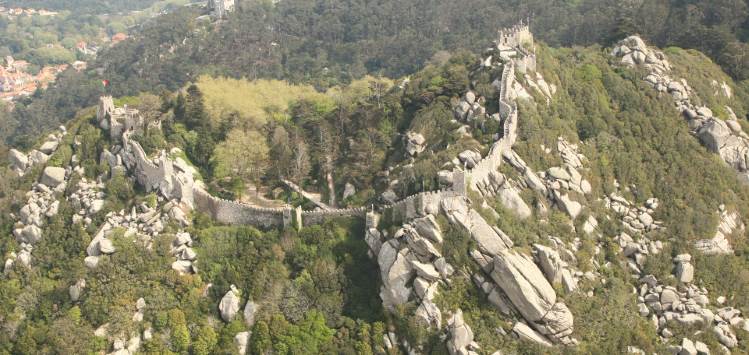
Photo: Parques de Sintra
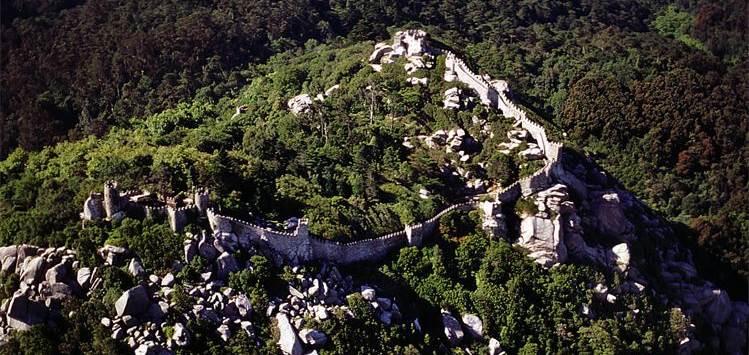
Photo: SIPA
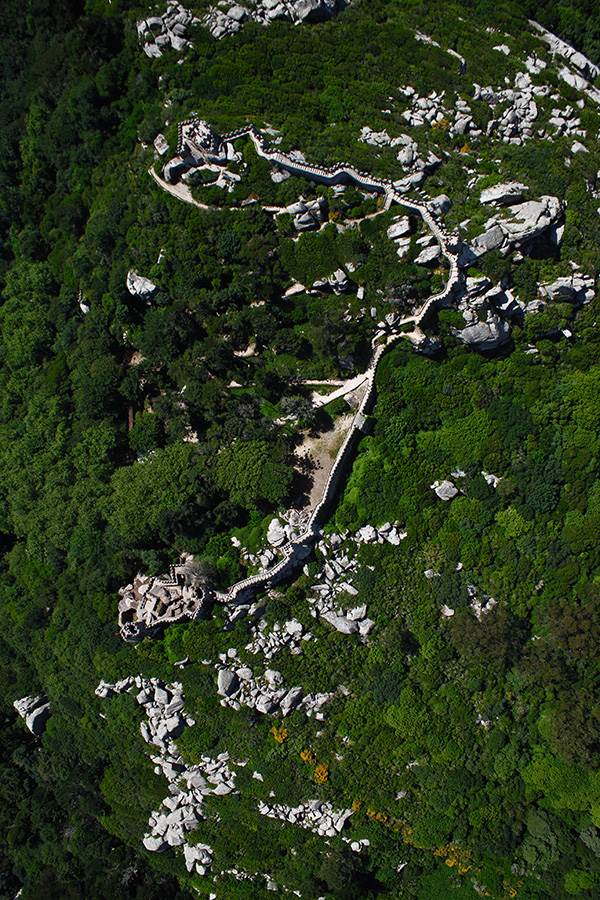
Aerial view - Photo: Parques de Sintra
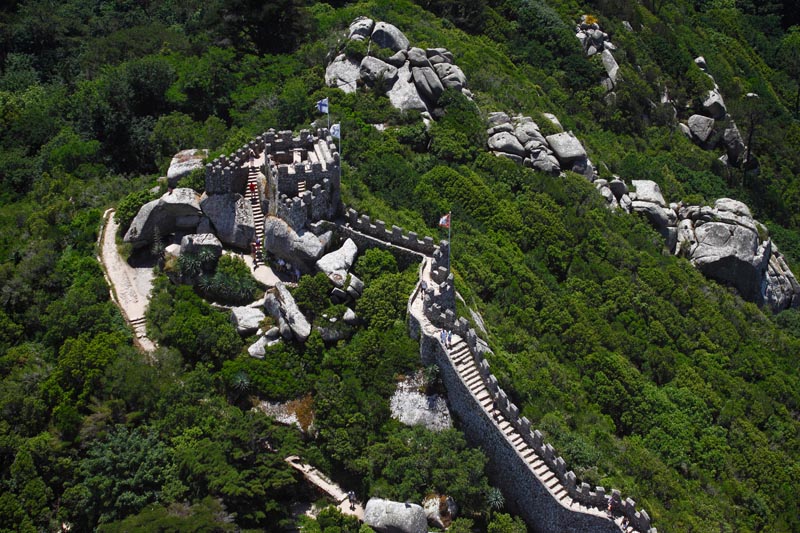
Torre Real - Photo: Ferias em Portugal
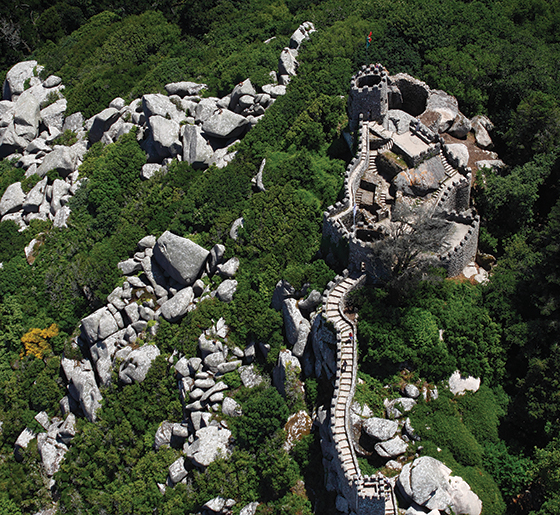
Alcáçova - Constituted by the Homage Tower, is a small redoubt where resided the local authorities... Photo: Parques de Sintra - Multimedia